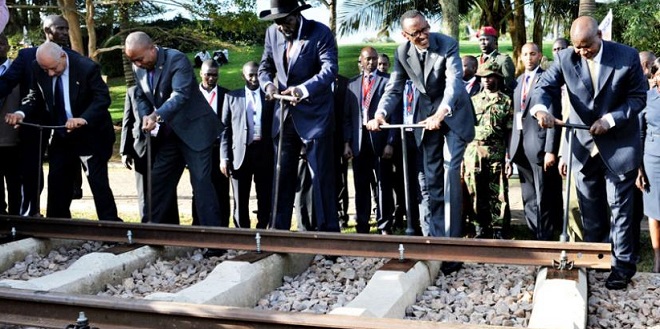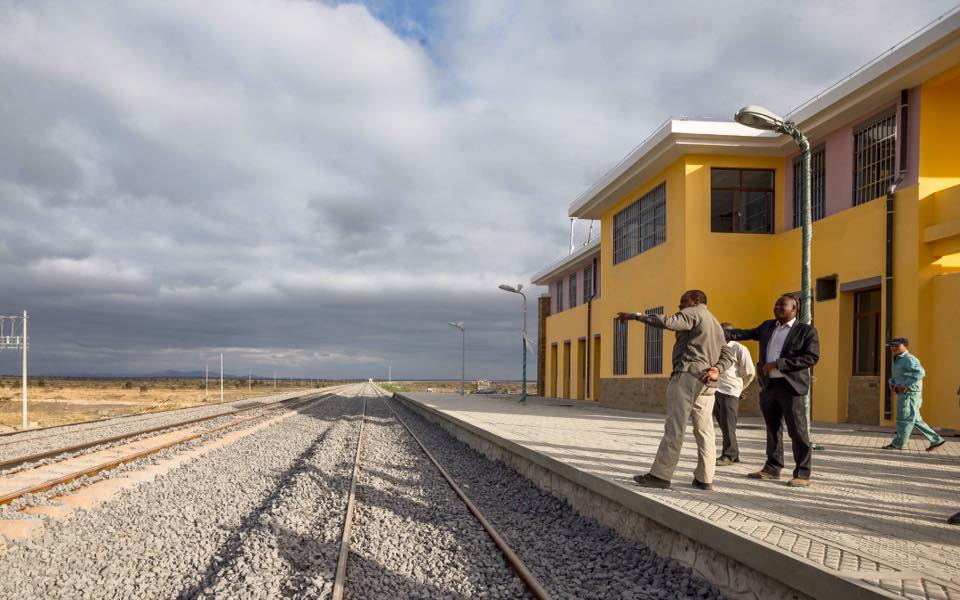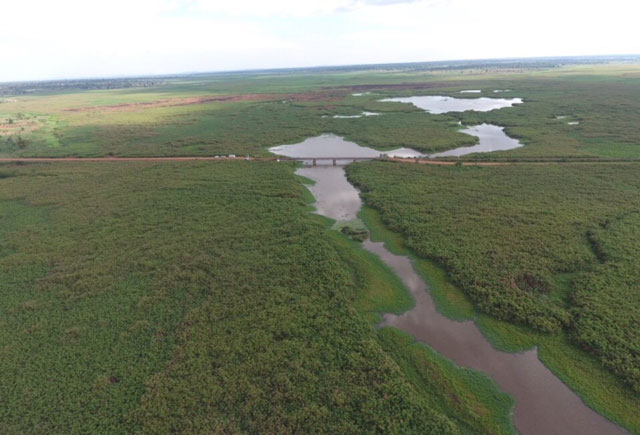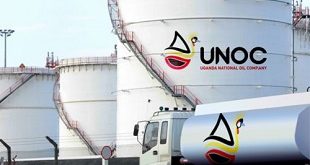
Kampala, Uganda | THE INDEPENDENT | The Committee on Physical Infrastructure on Wednesday April 5, 2017 presented to parliament its report on the Standard Gauge Railway (SGR) in which they demanded that Uganda downgrades to China Class 2 from China Class 1, in the regional project.
Presenting a report, Member of Parliament (MP) Robert Kafeero Ssekitoleko said, “Uganda should adopt the Class 2 rather than Class 1 of the Standard Gauge Railway, because of the costs involved.”
Although Prime Minister Ruhakana Rugunda explained in the debate that followed that construction of the SGR is a regionally agreed project aimed at increasing trade between Uganda and her neighbors, boost industrialization in the country’s drive to achieve Middle Income Status, MPs questioned the costs involved.
MP Jack Wamai Wamanga said the entire SGR decision and costs should be revisited.
MP Denis Sabiti said, ” govt needs to renegotiate the contract on the SGR,” while MP Ssemujju Nganda added that, “It is difficult for us as a parliament to discuss the SGR whose details we do not have. The volume of trade coming to Uganda, does it warrant us to have a railway line that is this expensive? If we are spending nearly a quarter of this country’s GDP on an expensive railway line, government better do more research.”
MP Anthony Akol said, ” Our counterparts in other countries have already started on the SGR, Uganda is still lagging behind,” while Anthony Okello said “It is my prayer that comparison between the Ethiopia and Uganda SGR is out into consideration.”
This same infrastructure committee had earlier alleged that the SGR officials had hoodwinked Ugandans, and were building a Class 2 not Class 1 as they were stating.
What is SGR?
The Standard Gauge Railway project is being constructed in line with a regional SGR Protocal, signed by the four Northern Corridor Partner States of Uganda, Kenya, South Sudan and Rwanda.
The multi-billion Standard Gauge Railway (SGR) project was launched at the Northern Corridor Integration Projects (NCIP) summit at Munyonyo in Kampala in 2014.
Uganda’s President Yoweri Museveni was joined by his regional counterparts Paul Kagame of Rwanda and South Sudan President Salva Kiir to launch the project that they said was intended to reduce the cost of transport in the region and spur economic development.
The summit agreed to construct at China Class 1 railway and signed a protocal to this effect. The entire SGR project, the summit agreed, was to be developed and operated as a seamless transport system especially in terms of connectivity. China class 1 and 2 are differentiated by the role of the network, if the main focus is on passengers or cargo, annual freight volumes, speed and curvatures, nature of trains, and if it is fully automatic.
The summit’s also agreed, because of the need to secure financing, that the project would start in Kenya – Mombasa to Nairobi.
Feasibility studies and technical documents for the rest of the railway project in western Kenya, Uganda followed by Rwanda and South Sudan, would meanwhile be finished as full financing is secured.
The Regional Governments of Uganda, Kenya, Rwanda and South Sudan have jointly approached the Republic of China for Funding the development of the SGR project.
It was agreed that Naivasha to Malaba and Malaba to Kampala legs would start as soon as financing was guaranteed, which was expected ahead of the June 2017 launch of the Mombasa-Nairobi line. The just completed Mombasa-Nairobi SGR is a China Class 1.
This will be followed by connections from Kampala to Rwanda, and then from Tororo to South Sudan.
At each summit, progress is given to the heads of state on progress of the SGR. At the last meeting, the leaders hailed the progress. (click for copy of 13th summit communique)

Uganda’s SGR project will comprise of the Eastern, Northern and Western routes. The Government of Uganda signed an EPC contract with China Harbour Engineering Company Ltd (CHEC) to construct the Eastern and Northern route SGR
The Eastern route starts from Malaba and end in Kampala. It traverses through the districts of Tororo, Butaleja, Namutumba, Iganga, Luuka, Mayuge, Jinja, Buikwe, Mukono, Wakiso and Kampala. The
Northern Route comprises of the Tororo – Gulu – Packwach alignment, which traverses through Tororo, Butaleja, Mbale, Bukedea, Pallisa, Kumi, Ngora, Soroti, Amuria, Alebtong, Lira, Kole, Oyam, Gulu and Nebbi. The Gulu –Nimule alignment start from Gulu, through Nwoya and Amuru districts.
Officials of Uganda’s SGR project have previously explained the varying costs of railway construction in the region, dismissing the MPs comparisons between costs in Ethiopia, Kenya and those in Uganda.
They argued that Ethiopia’s SGR is a class lower than what Uganda is building, is not fully automatic and designed mainly for passengers. Uganda’s SGR will be designed to cater for both, and extra costs come out of the fact that, because of distance from the sea, most materials cost more. (Click to read SGR costs explained in detail)

In addition, the terrain in the countries are different with Uganda’s line affected by huge costs of building bridges on long stretched over the many swamps and rivers the line has to cross. This will include a close to 1km heavy duty bridge over the river Nile in Jinja, a 2.6km bridge over River Mpologoma and a1.5km bridge over Naigombwa.
“Ethiopia’s route is along the semi-dessert while Uganda’s route is along the Lake Victoria basin,” SGR said.
Of the 276km of the eastern route railway line, 53km is in wetlands. This, according to SGR officials, means a lot of money has to be used to ensure that the railway safely passes over the wetlands without destroying it.
To change from class 1 to class 2, SGR said, would delay the project another 4 or 5 years, and “would warrant Uganda to opt out of the SGR regional protocal with Kenya, Rwanda and South Sudan, and not have a seamless connectivity with Kenya since it is already constructing a class 1 railway.”
****
editor@independent.co.ug
 The Independent Uganda: You get the Truth we Pay the Price
The Independent Uganda: You get the Truth we Pay the Price


